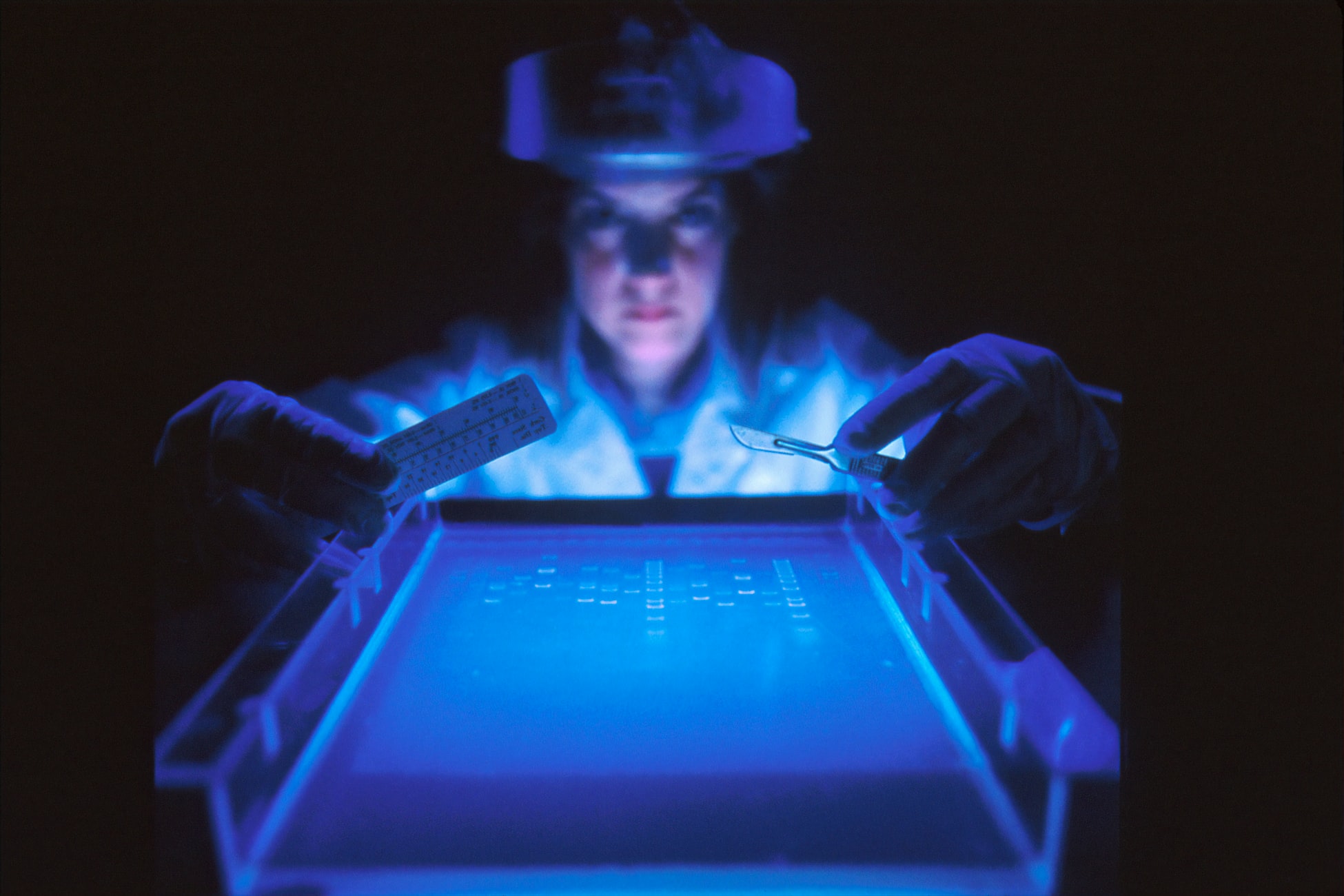DNA-based material with tunable properties
31. 5. 2021 | University of Edinburgh | www.ed.ac.uk
DNA is a highly sophisticated polymer, and beyond the fact that it can store information, further fascinating aspects are its geometric and topological properties, such as knotting and supercoiling, very much like a twisted telephone cord. Through an international collaboration, scientists from the Universities of Edinburgh, San Diego and Vienna have started to harness these properties to craft ‘topologically tunable’ DNA-based complex fluids and soft materials.
The double helical shape of DNA has implications on its behaviour. A linear DNA molecule, that is a DNA molecule with two ends, can freely twist and turn. By contrast, joining the two ends to form a DNA circle entails that any over or under twisting of the double-helix remains ‘topologically locked’ i.e. the extra twist cannot be removed without cutting the molecule. Over or under twists have consequences for how DNA molecules arrange in space — in particular, they coil and buckle onto themselves very much like an old telephone cord into so called “supercoiled” conformations.

The team of scientists performed large-scale computer simulations of dense and entangled solutions of DNA molecules with different degrees of supercoiling and found several surprising results. First, they discovered that the more supercoiled the DNA rings, the larger their size. Since the molecules needed to avoid each other, their shapes adopted strongly asymmetric and branched conformations that occupied more volume than their non-supercoiled counterparts. Intriguingly, the larger DNA molecules still displayed faster movement, which meant that the fluid of supercoiled DNA molecules had lower viscosity.
Read more at University of Edinburgh
Image Credit: Unsplash
-jk-




